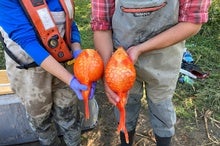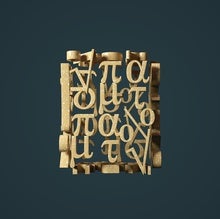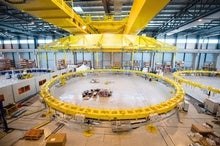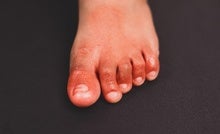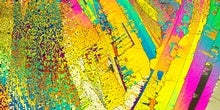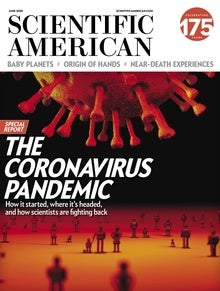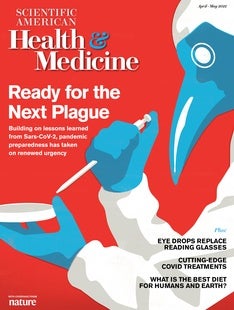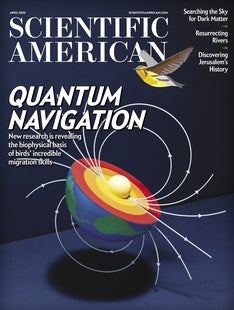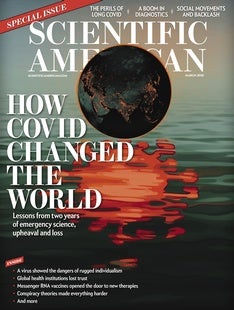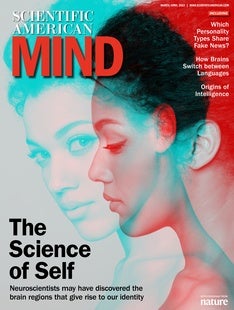 |
| March 25, 2022 |
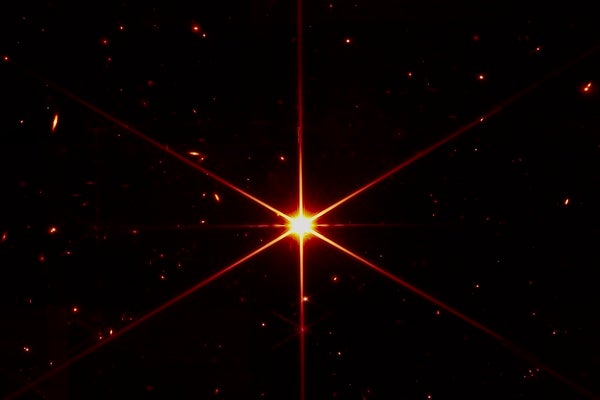 |
| |
| |
| |
| Sponsor Content Provided by PNAS Explore Front Matter by PNAS Front Matter covers interesting findings in science research, news, and more from the Proceedings of the National Academy of Sciences. Explore our latest science stories today! | | | | |
| |
| |
| |
| |
| |
| |
| |
| |
| |
FROM THE STORE
 | | | |
| |
BRING SCIENCE HOME
 | | Building a Disk Siren | 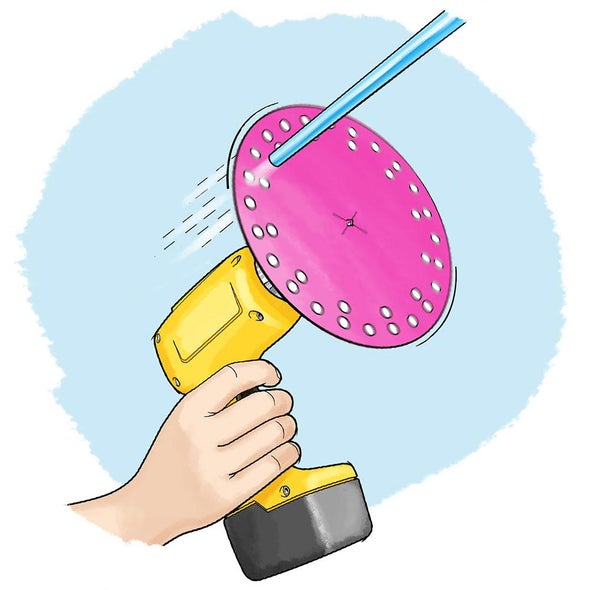 Did you know that sirens can help explain how sound frequency works? And you can make your very own! Roll up your sleeves, and make some noise to learn more. Credit: George Retseck | You probably hear them almost every day: sirens. Police cars, ambulances, fire trucks—they all can come blaring. Their wailing sound is piercingly loud and pretty effective at clearing the road in front of them. But have you ever thought about how this loud noise is generated? Make your own simple disk siren in this activity and find out for yourself. | |  | |
LATEST ISSUES
 |
| |
| Questions? Comments?  | |
| Download the Scientific American App |
| |
| |


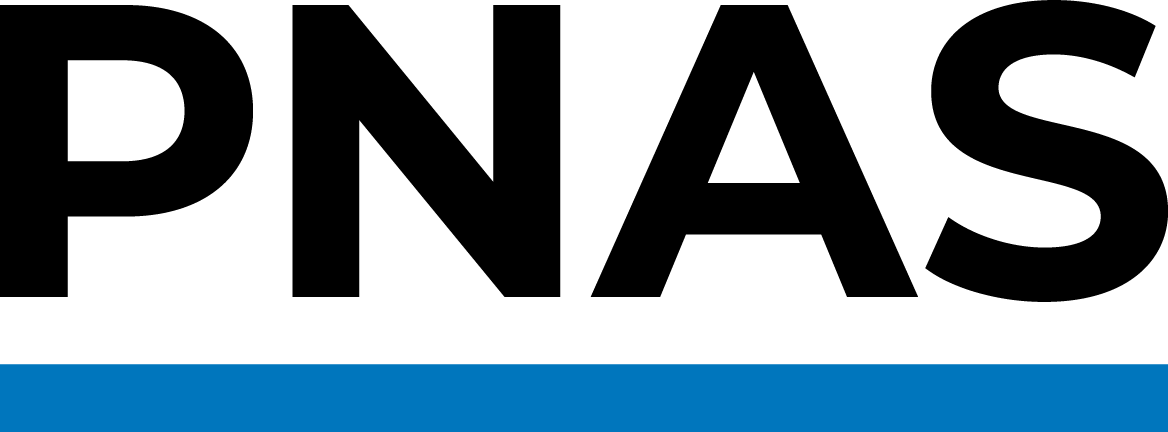
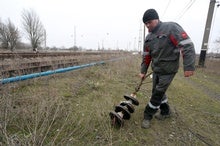
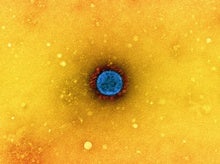
.png)
